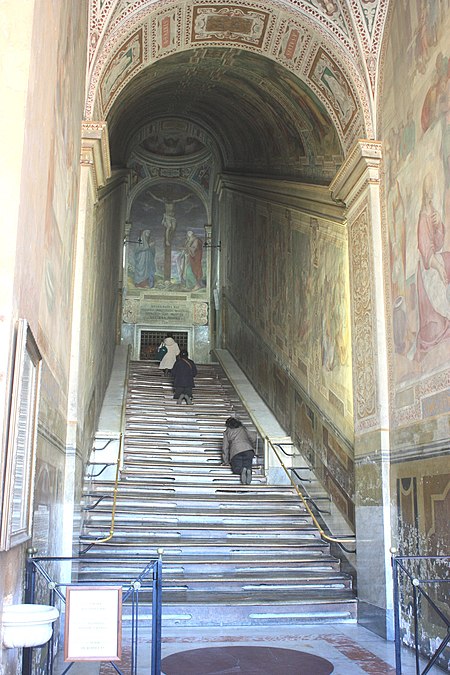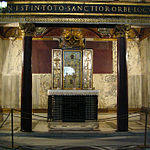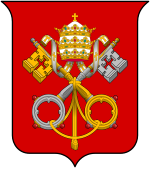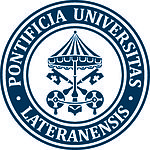Scala Sancta

The Scala Sancta (English: Holy Stairs, Italian: Scala Santa) are a set of 28 white marble steps that are Roman Catholic relics located in an edifice on extraterritorial property of the Holy See in Rome, Italy proximate to the Archbasilica of Saint John in Laterano. Officially, the edifice is titled the Pontifical Sanctuary of the Holy Stairs (Pontificio Santuario della Scala Santa), and incorporates part of the old Papal Lateran Palace. Replica stairs flank the original staircase, which may only be climbed on one's knees. The Holy Stairs lead to the Church of Saint Lawrence in Palatio ad Sancta Sanctorum (Chiesa di San Lorenzo in Palatio ad Sancta Sanctorum) or simply the "Sancta Sanctorum" (English: Holy of Holies), which was the personal chapel of the early Popes. According to Roman Catholic tradition, the Holy Stairs were the steps leading up to the praetorium of Pontius Pilate in Jerusalem on which Jesus Christ stepped on his way to trial during his Passion. The Stairs reputedly were brought to Rome by Saint Helena in the fourth century. For centuries, the Scala Sancta has attracted Christian pilgrims who wish to honour the Passion of Jesus Christ. Since the early 1700s, the Holy Stairs have been encased in wood for protection, but were briefly exposed in 2019 following restoration work.
Excerpt from the Wikipedia article Scala Sancta (License: CC BY-SA 3.0, Authors, Images).Scala Sancta
Piazza di Porta San Giovanni, Rome Municipio Roma I
Geographical coordinates (GPS) Address Nearby Places Show on map
Geographical coordinates (GPS)
| Latitude | Longitude |
|---|---|
| N 41.887 ° | E 12.507 ° |
Address
Oratorio dell'Arciconfraternita del Santissimo Sacramento (Oratorio di San Lorenzo alla Scala Santa)
Piazza di Porta San Giovanni
00183 Rome, Municipio Roma I
Lazio, Italy
Open on Google Maps











